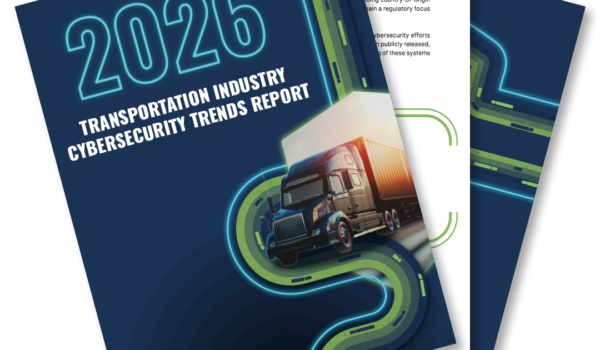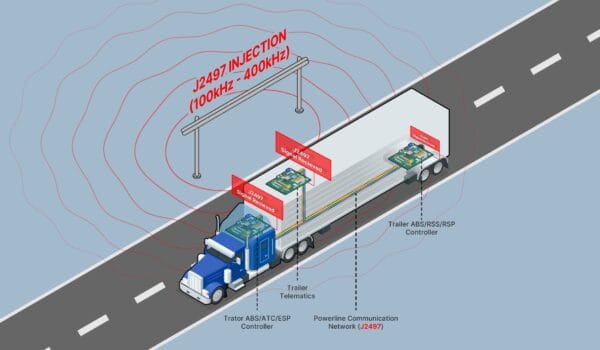At the National Motor Freight Traffic Association, Inc. (NMFTA)™, we often receive questions from shippers, carriers, and third-party logistics providers (3PLs) about freight all kinds (FAK) ratings and how they relate to the National Motor Freight Classification (NMFC®). The two terms are frequently used in the same conversation, but they serve very different purposes—and it’s important to understand the distinction.
This article is intended to help clarify that difference so you can make better-informed decisions when negotiating rates, auditing freight bills, or evaluating classification accuracy.
Understanding the NMFC
The NMFC is a uniform system for classifying freight—used by the LTL industry to establish standard shipment characteristics that impact cost, handling, and liability. It is maintained by NMFTA and is based on four primary criteria:
- Density (weight per cubic foot)
- Handling
- Stowability
- Liability
The result of this classification is an NMFC Item Number and a freight class (e.g., Class 70, 92.5, 150, etc.), which form the basis for rating, billing, and claims documentation.
What Is an FAK?
Freight all kinds (FAK) is a pricing method used by carriers to simplify rates. Instead of pricing each type of cargo separately, they offer a single rate for various types of freight grouped together. For example: a shipper may regularly ship items that classify at 85, 100, and 150—but under an FAK agreement, all of those items may be rated at Class 70.
FAKs are not part of the NMFC and are not maintained or regulated by NMFTA. They are private business arrangements used to streamline pricing and operations.
Infographic: FAK vs. NMFC at a Glance
| Aspect | NMFC (National Motor Freight Classification) | FAK (Freight All Kinds) |
| Purpose | Standardize classification for rating & claims | Simplify pricing for multiple commodities |
| Maintained by | NMFTA | Negotiated by shipper and carrier/3PL |
| Based on | Commodity attributes (density, handling, etc.) | Contract terms and pricing strategy |
| Freight Class Assignment | Determined by NMFC item & characteristics | Assigned by agreement, regardless of NMFC |
| Legal/Regulatory Role | Specific code assigned to commodities | Pricing clause in the contractual agreement |
| Use Case | Applies universally across the industry | Applies only to parties in the agreement |
Why the Distinction Matters
Even if you’re using an FAK, the underlying NMFC item still matters. Here’s why:
- The NMFC is referenced in damage claims, insurance coverage, and carrier liability.
- In the event of a freight audit or dispute, the NMFC item may be requested to verify what was actually shipped.
- Reclassifications can still occur if freight is misdescribed or misidentified.
For example, if an item shipped under an FAK agreement is significantly different from what was represented, the carrier may reclass it based on its true NMFC characteristics—and apply additional charges.
When Should You Use FAKs?
FAKs can be an effective tool for:
- High-volume shippers of diverse products;
- Simplifying freight invoices and auditing; and
- Gaining predictable pricing.
But they also come with risk—if you’re unaware of how NMFC changes (like the upcoming 2025 reclassification of density-based items) affect your freight, your FAK may no longer reflect the true cost or classification of your shipments.
FAKs Don’t Replace the NMFC
While FAKs are often used as a pricing tool, they don’t replace the importance of the NMFC. It’s still the shipper’s responsibility to accurately describe and classify goods on the bill of lading.
At NMFTA, we encourage all industry participants to understand that the NMFC provides the foundational structure for LTL freight classification, and FAKs are a layer negotiated independently for pricing convenience.
Even if you’re operating under an FAK, knowing your actual NMFC item numbers and classes is essential for compliance, claim resolution, and contract negotiations.
Resources to Support You
- Check your NMFC Items with ClassIT+® – the most current, easy-to-use digital LTL classification tool in the industry. Visit classitplus.com.
- Join our Freight Classification Webinar Series to stay up to date on the latest NMFC changes. Visit nmfta.org/events.
- Explore our 2025 NMFC Changes Resource Center to see which commodities may be affected. Visit nmfcchanges.com.
NMFC®, ClassIT®, and ClassIT+® are registered trademarks of the National Motor Freight Traffic Association, Inc.






